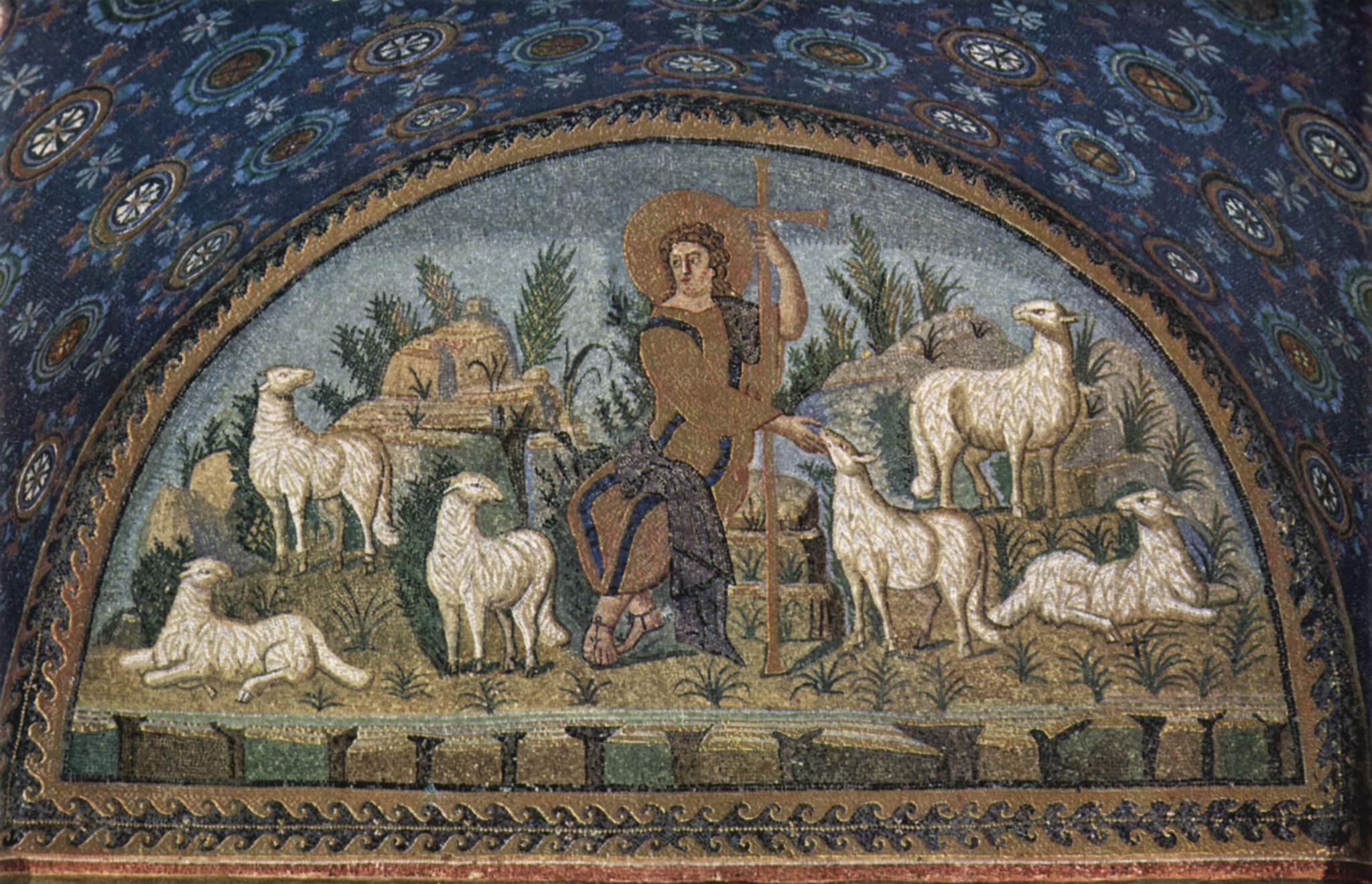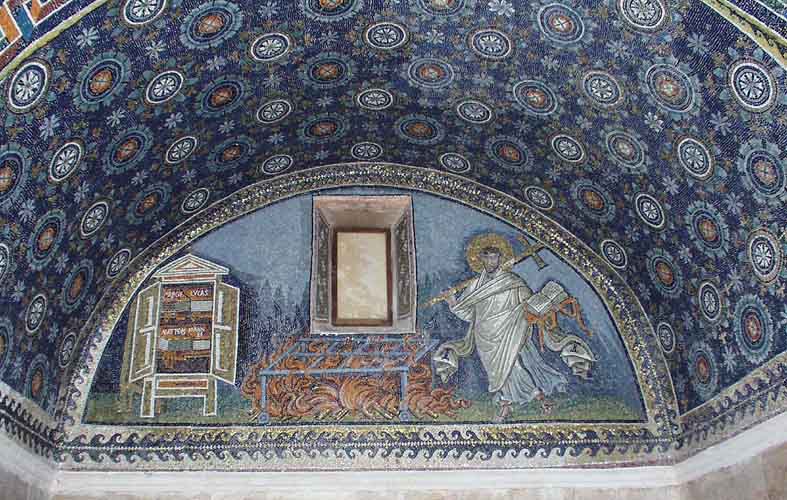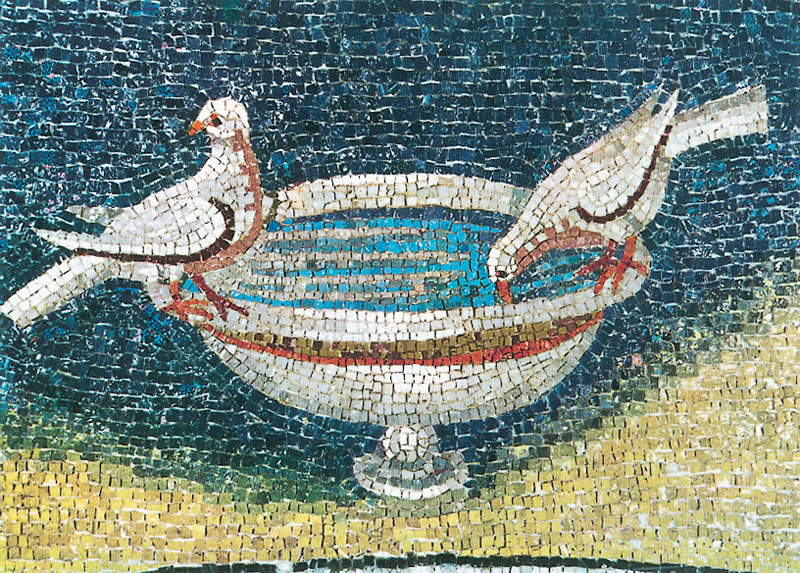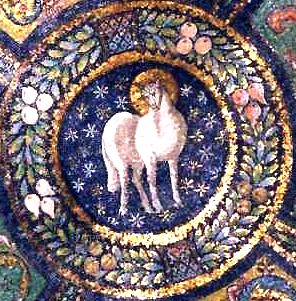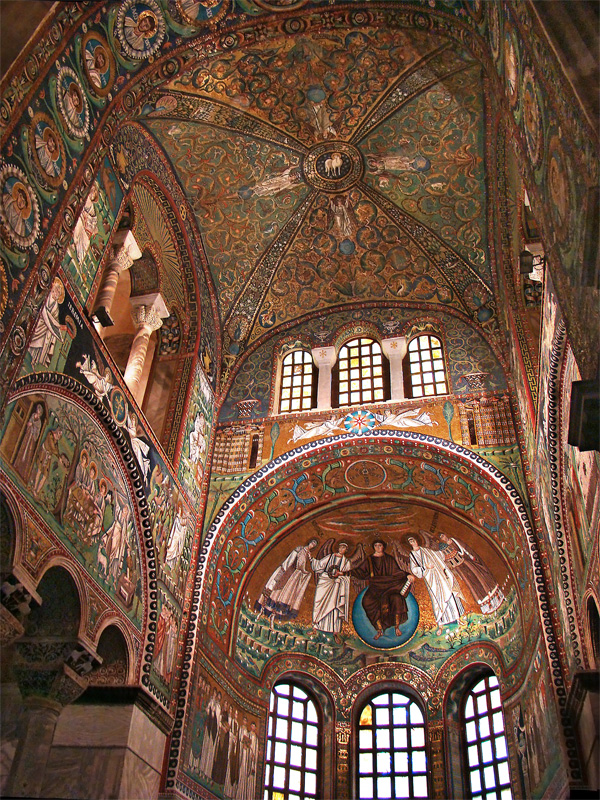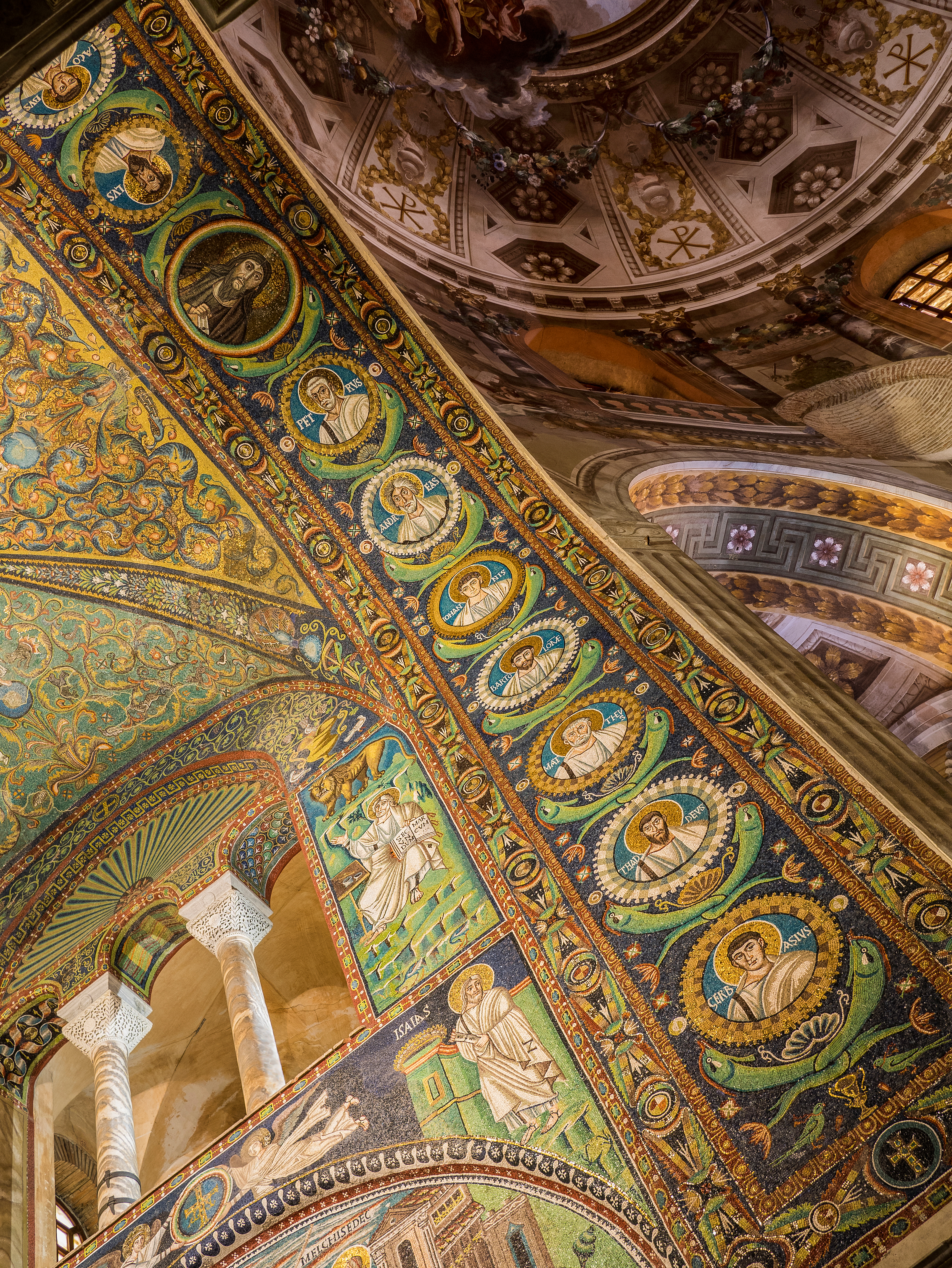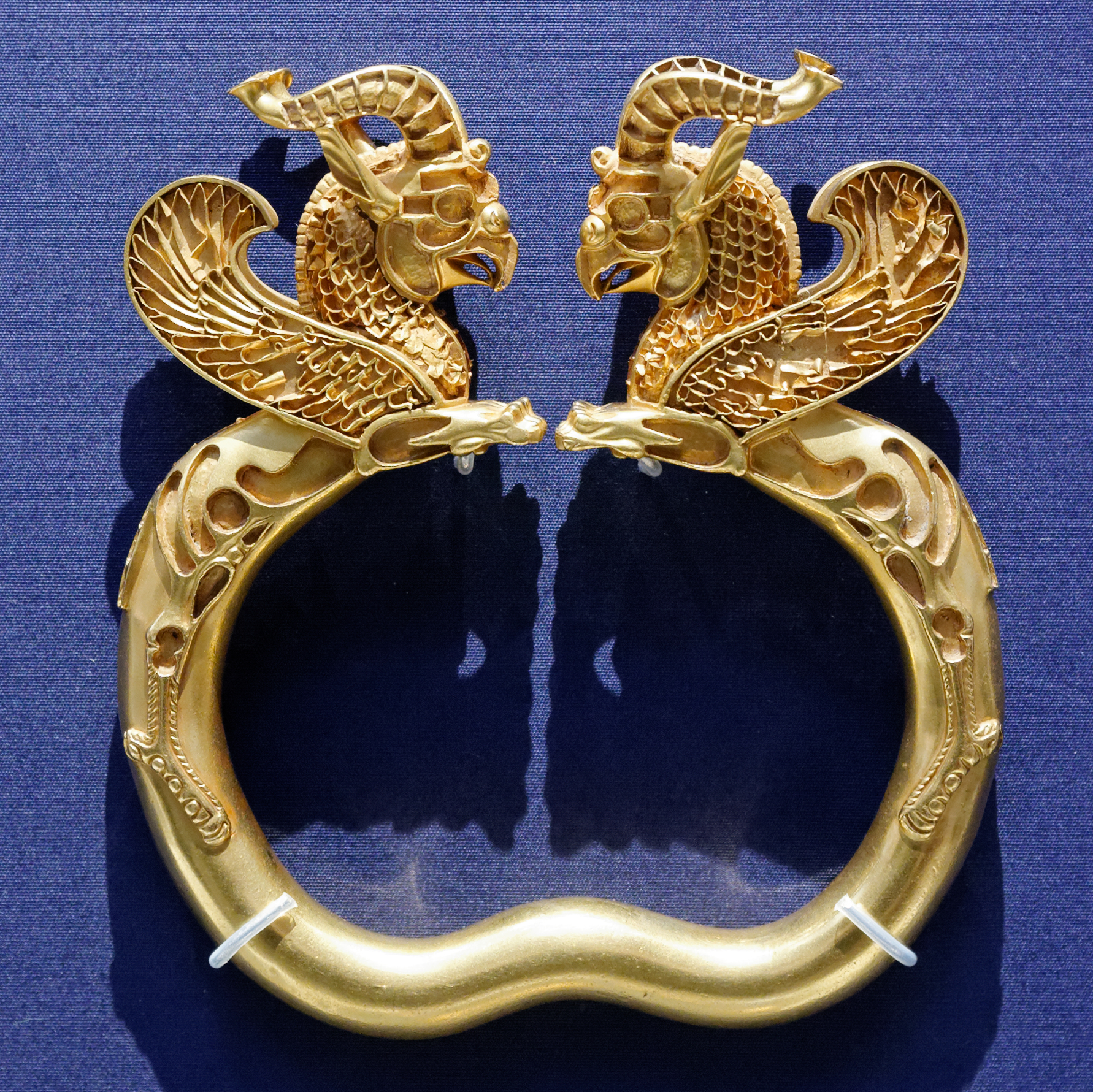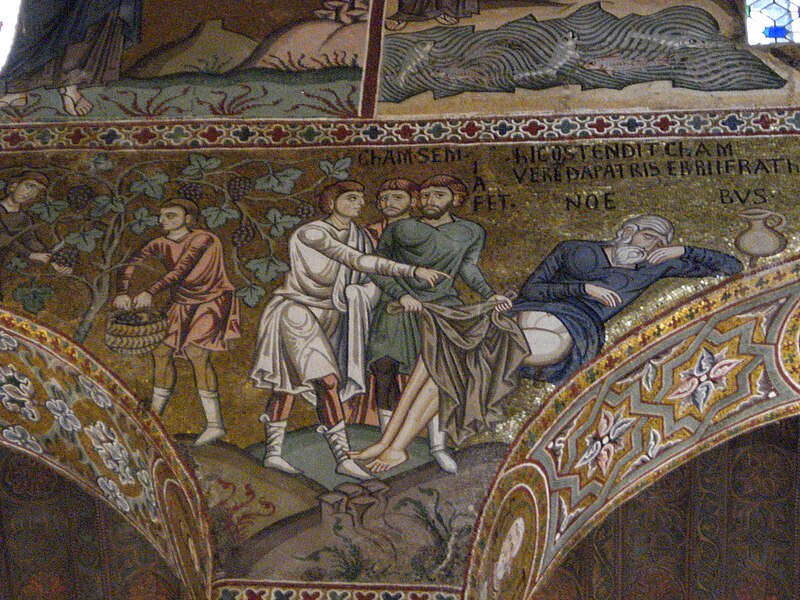imGiacobbe Giusti, SANDRO BOTTICELLI: SIMONETTA VESPUCCI

Giacobbe Giusti, SANDRO BOTTICELLI: SIMONETTA VESPUCCI

Giacobbe Giusti, SANDRO BOTTICELLI: SIMONETTA VESPUCCI
Giacobbe Giusti, SANDRO BOTTICELLI: SIMONETTA VESPUCCI
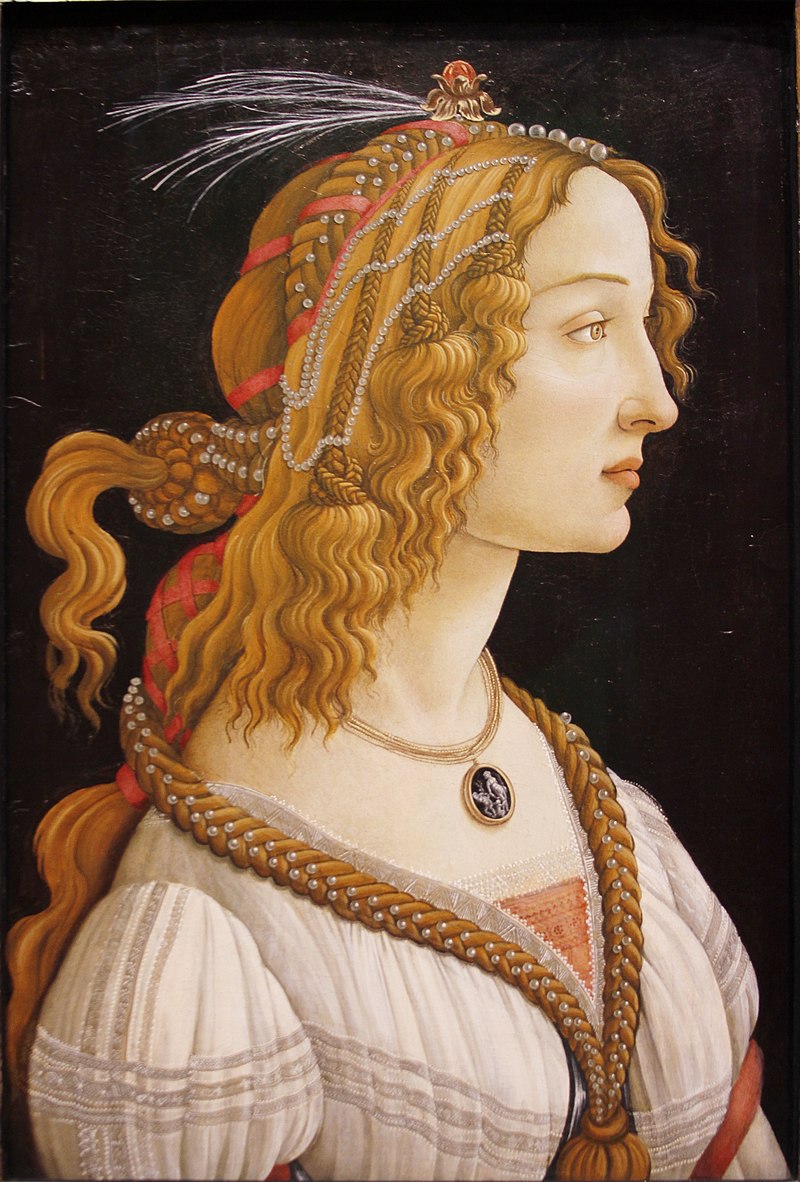
Giacobbe Giusti, SANDRO BOTTICELLI: SIMONETTA VESPUCCI

Giacobbe Giusti, Piero di Cosimo: SIMONETTA VESPUCCI
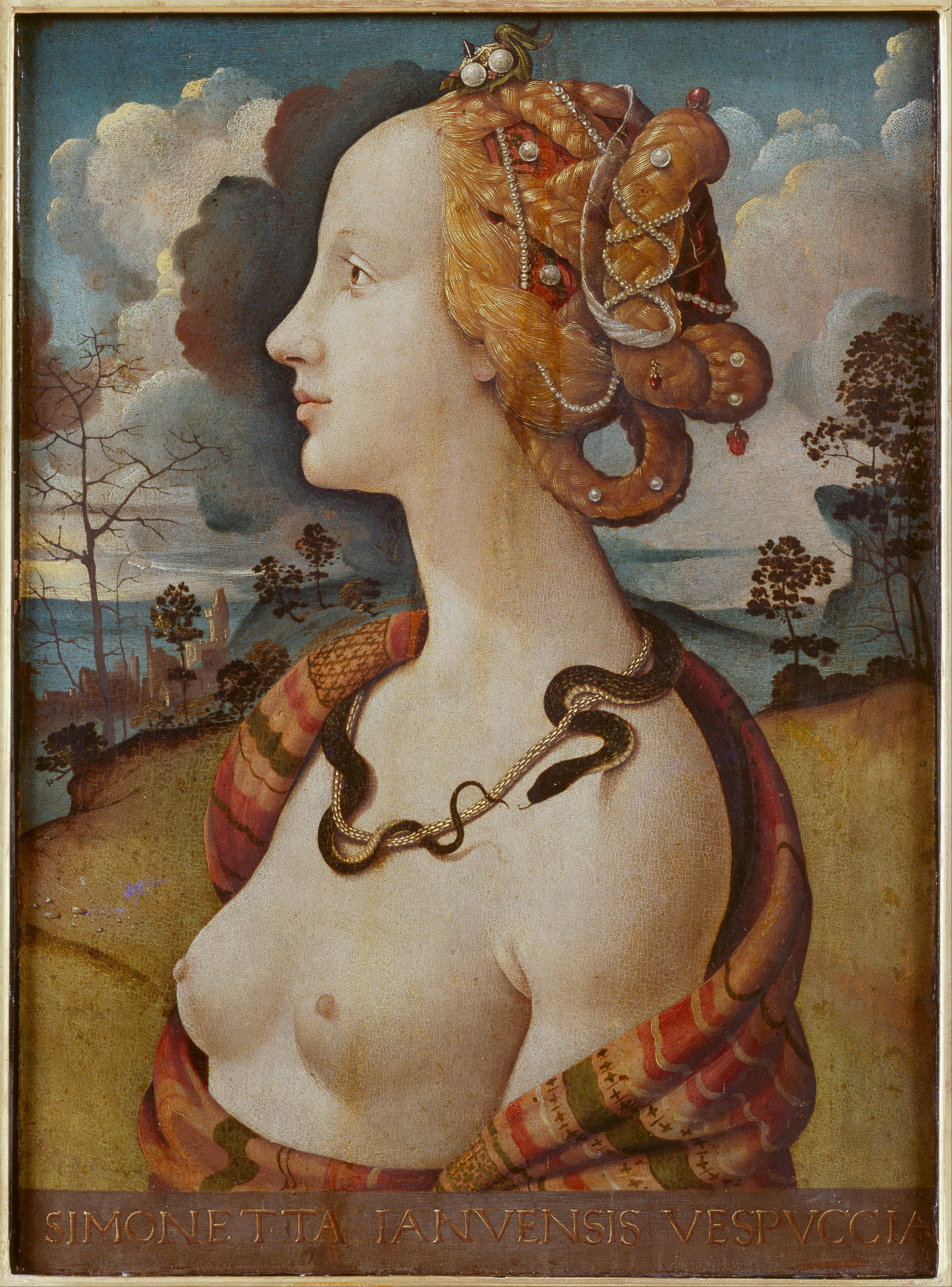
Giacobbe Giusti, Piero di Cosimo: SIMONETTA VESPUCCI
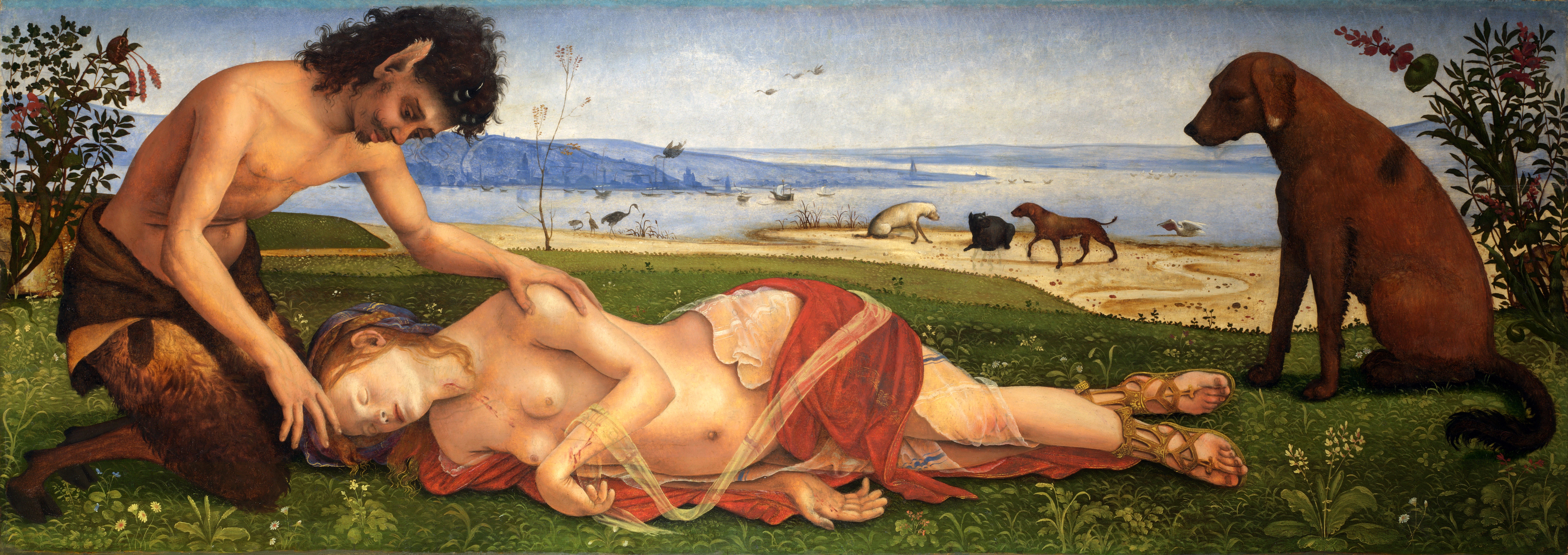
Giacobbe Giusti, SANDRO BOTTICELLI and PIERO di COSIMO: SIMONETTA VESPUCCI

Portrait of a woman, said to be of Simonetta Vespucci (c. 1490) by Piero di Cosimo
|
|
| Born | 1453[1] Genoa or Portovenere, Liguria, Italy |
| Died | 26 April 1476(1476-04-26) (aged 22–23)[1] Florence, Italy |
| Spouse(s) | Marco Vespucci |
| Parent(s) | Gaspare Cattaneo Della Volta and Cattocchia Spinola |
Simonetta Vespucci (née Cattaneo; 1453 – 26 April 1476[1]), nicknamed la bella Simonetta, was an Italian noblewoman from Genoa, the wife of Marco Vespucci of Florence and the cousin-in-law of Amerigo Vespucci. According to her legend, before her death at 22 she was famous as the greatest beauty of her age in North Italy, and the model for many paintings (many not showing similar features at all) by Botticelli and other Florentine painters. Many art historians are infuriated by these attributions, which the Victorian critic John Ruskin is blamed for giving some respectability.[2]
Biography
Early life and marriage
She was born as Simonetta Cattaneo circa 1453 in a part of the Republic of Genoa that is now in the Italian region of Liguria. A more precise location for her birthplace is unknown: possibly the city of Genoa,[3] or perhaps either Portovenere or Fezzano.[4] The Florentine poet Politian wrote that her home was “in that stern Ligurian district up above the seacoast, where angry Neptune beats against the rocks … There, like Venus, she was born among the waves.”[5] Her father was a Genoese nobleman named Gaspare Cattaneo della Volta (a much-older relative of a sixteenth-century Doge of Genoa named Leonardo Cattaneo della Volta) and her mother was Gaspare’s wife, Cattocchia Spinola (another source names her parents slightly differently as Gaspare Cattaneo and Chateroccia di Marco Spinola.[6]
At age fifteen or sixteen she married Marco Vespucci, son of Piero, who was a distant cousin of the explorer and cartographer Amerigo Vespucci. They met in April 1469; she was with her parents at the church of San Torpete when she met Marco; the doge Piero il Fregoso and much of the Genoese nobility were present.
Marco had been sent to Genoa by his father, Piero, to study at the Banco di San Giorgio. Marco was accepted by Simonetta’s father, and he was very much in love with her, so the marriage was logical. Her parents also knew the marriage would be advantageous because Marco’s family was well connected in Florence, especially to the Medici family.
Florence
Simonetta and Marco were married in Florence. According to her legend, Simonetta was instantly popular at the Florentine court. The Medici brothers, Lorenzo and Giuliano took an instant liking toward her. Lorenzo permitted the Vespucci wedding to be held at the palazzo in Via Larga, and held the wedding reception at their lavish Villa di Careggi. Simonetta, upon arriving in Florence, was discovered by Sandro Botticelli and other prominent painters through the Vespucci family. Before long she had supposedly attracted the brothers Lorenzo and Giuliano of the ruling Medici family. Lorenzo was occupied with affairs of state, but his younger brother was free to pursue her.
At La Giostra (a jousting tournament) in 1475, held at the Piazza Santa Croce, Giuliano entered the lists bearing a banner on which was a picture of Simonetta as a helmeted Pallas Athene painted by Botticelli, beneath which was the French inscription La Sans Pareille, meaning “The unparalleled one”.[7] It is clear that Simonetta had a reputation as an exceptional beauty in Florence,[8] but the whole display should be considered within the conventions of courtly love; Simonetta was a married woman,[9] a member of a powerful family allied to the Medici,[10] and any actual affair would have been a huge political risk.
Giuliano won the tournament,[11] and Simonetta was nominated “The Queen of Beauty” at that event. It is unknown, and unlikely, that they actually became lovers.
Death
Simonetta Vespucci died just one year later, presumably from tuberculosis,[12] on the night of 26–27 April 1476. She was twenty-two at the time of her death. She was carried through the city in an open coffin for all to admire her beauty, and there seems to have been some kind of posthumous popular cult in Florence.[13] Her husband remarried soon afterward, and Giuliano de Medici was assassinated in the Pazzi conspiracy in 1478, two years to the day after her death.
Botticelli finished painting The Birth of Venus around 1486, some ten years later. Some have claimed that Venus, in this painting, closely resembles Simonetta.[14] This claim, however, is dismissed as a “romantic myth” by Ernst Gombrich,[15] and “romantic nonsense” by historian Felipe Fernández-Armesto:
The vulgar assumption, for instance, that she was Botticelli’s model for all his famous beauties seems to be based on no better grounds than the feeling that the most beautiful woman of the day ought to have modelled for the most sensitive painter.[16]
Some, including Ruskin, suggest that Botticelli also had fallen in love with her, a view supported by his request to be buried in the Church of Ognissanti – the parish church of the Vespucci – in Florence. His wish was carried out when he died some 34 years later, in 1510. However this had been Botticelli’s parish church since he was baptized there, and he was buried with his family. The church contained works by him.
There are some connections between Simonetta and Botticelli. He painted the standard carried by Giuliano at the joust in 1475, which carried an image of Pallas Athene that was very probably modelled on her; so he does seem to have painted her once at least, though the image is now lost.[17] Botticelli’s main Medici patron, Giuliano’s younger cousin Lorenzo di Pierfrancesco de’ Medici, married Simonetta’s niece Semiramide in 1482, and it is often thought that his Primavera was painted as a wedding gift on this occasion.[18]
Possible depictions
-
Portrait of a Woman by the workshop of Sandro Botticelli, mid-1480s[19]
-
Flora in Botticelli’s Birth of Venus
-
Detail of one of the Three Graces in Primavera by Botticelli
-
Detail of the Venus figure in Primavera by Sandro Botticelli, circa 1482
-
Detail of the Venus figure in The Birth of Venus by Sandro Botticelli, circa 1484-1486
-
A Satyr mourning over a Nymph by Piero di Cosimo, circa 1495
Regarding each Portrait of a Woman pictured above that is credited to the workshop of Sandro Botticelli, Ronald Lightbown claims they were creations of Botticelli’s workshop that were likely neither drawn nor painted exclusively by Botticelli himself. Regarding these same two paintings he also claims “[Botticell’s work]shop…executed portraits of ninfe, or fair ladies…all probably fancy portraits of ideal beauties, rather than real ladies.”[20]
She may be depicted in the painting by Piero di Cosimo titled Portrait of a woman, said to be of Simonetta Vespucci that portrays a woman as Cleopatra with an asp around her neck and is alternatively titled by some individuals Portrait of Simonetta Vespucci. Yet how closely this resembles the living woman is uncertain, partly because if this is indeed a rendering of her form and spirit it is a posthumous portrait created about fourteen years after her death. Worth noting as well is the fact that Piero di Cosimo was only fourteen years old in the year of Vespucci’s death. The museum that currently houses this painting questions the very identity of its subject by titling it “Portrait of a woman, said to be of Simonetta Vespucci”, and stating that the inscription of her name at the bottom of the painting may have been added at a later date.[21]
https://en.wikipedia.org/wiki/Simonetta_Vespucci









